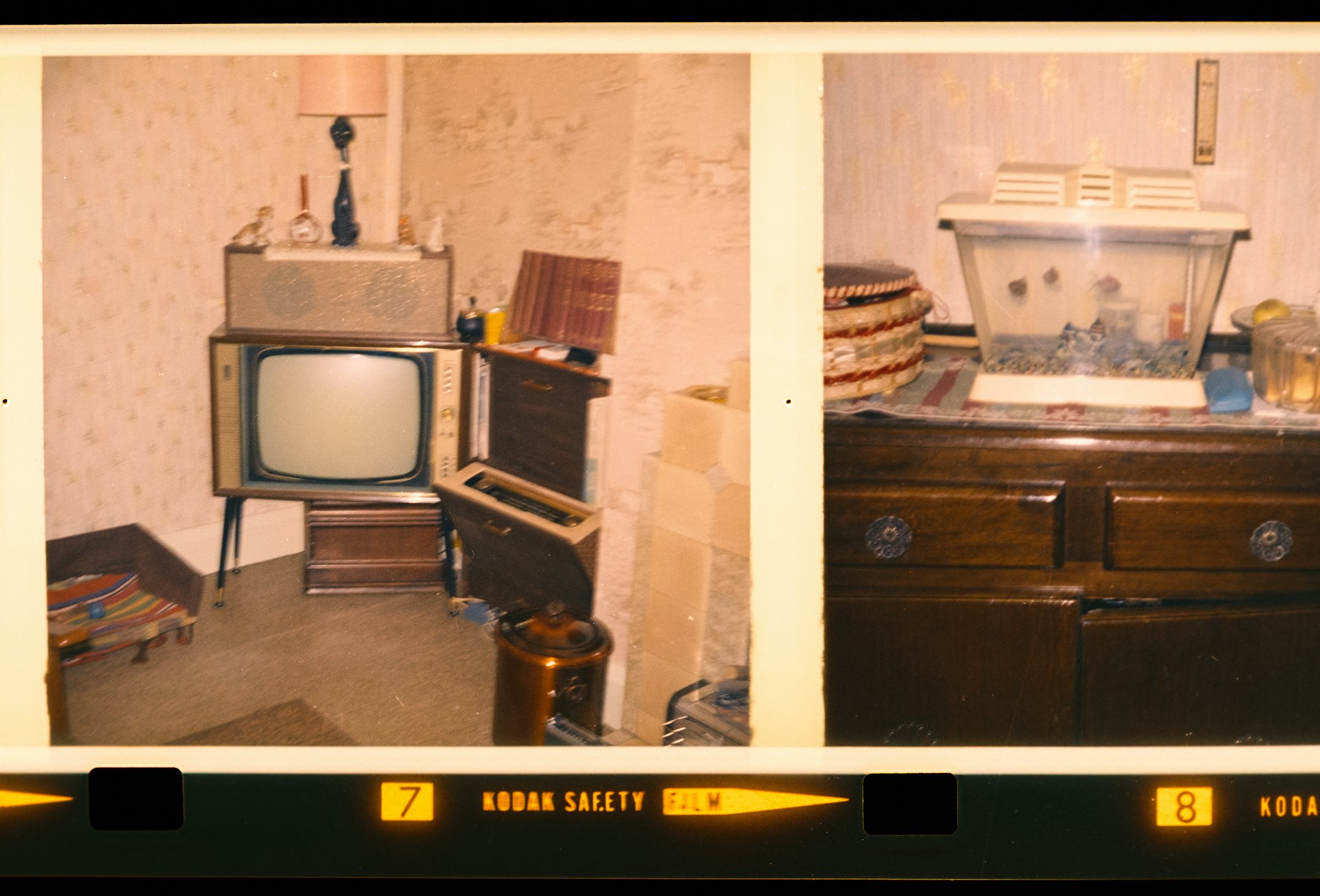Unlocking Simplicity: How Tiny Homes and Minimalist Living Spaces Transform Modern Life

Photo by Lisa Anna on Unsplash
Introduction
Modern lifestyles have increasingly embraced the concept of living with less, driven by economic pressures, a desire for sustainability, and a quest for personal freedom. Tiny homes and minimalist living spaces offer a compelling alternative to traditional housing, promising not just affordability but a radical rethinking of what it means to call a place ‘home.’ This article explores the appeal, challenges, and practical pathways to adopting this lifestyle, providing actionable guidance for those ready to make the leap.
What Defines a Tiny Home and a Minimalist Living Space?
Tiny homes typically measure under 400 square feet, often designed with mobility and ultra-efficient use of every inch in mind. These dwellings are engineered for people seeking a minimalist lifestyle that emphasizes essentials and functional design. Minimalist living spaces refer more broadly to any environment-regardless of size-where intentional simplicity guides layout, décor, and possessions. While all tiny homes are minimalist by necessity, not every minimalist space is tiny.
In contrast, small homes (usually under 1,400 square feet) offer more flexibility with storage and standard amenities, appealing to those who desire compact living without the extreme downsizing of tiny homes. The distinction is important, as zoning regulations and financing options often differ for each type [2] .
Key Benefits of Tiny Homes and Minimalist Living Spaces
Affordability remains the most cited benefit. With average costs for a tiny home on wheels around $46,300 and foundation-based tiny homes averaging $119,000, these options are significantly less expensive than traditional homes. Many tiny homeowners avoid mortgages entirely, reducing financial stress and offering greater life flexibility [4] .
Environmental impact is also a driving force. Tiny homes require fewer building materials and considerably less energy to heat, cool, and maintain. According to research, conventional homes often use much more space and resources than necessary, with many rooms underutilized. By contrast, tiny homes maximize function, reduce waste, and minimize carbon footprint [1] .
Freedom and flexibility are inherent to this lifestyle. Many tiny homes are built on wheels, allowing owners to travel or relocate with ease. The minimalist approach also fosters psychological liberation, shifting focus from accumulating possessions to prioritizing experiences, relationships, and personal growth [3] .
Design Principles for Maximizing Small Spaces
Effective tiny home design hinges on creative solutions: lofted sleeping areas, multi-use furniture, and built-in storage are essential. For example, a table might fold up into a wall, or a staircase might double as drawers. These strategies allow even the smallest homes to feel open and functional, while minimalist décor emphasizes clarity and calm over clutter.
When designing a minimalist space, consider these steps:

Photo by Jasmijn Jansen on Unsplash
- Inventory and prioritize needs. List essential functions and possessions, then eliminate redundancy.
- Choose multi-functional furniture. Opt for pieces that serve more than one purpose-such as beds with storage drawers or convertible sofas.
- Emphasize vertical space. Use wall-mounted shelving, hanging racks, and tall cabinets to maximize storage without crowding floor space.
- Keep the color palette simple. Light, neutral tones help small spaces feel larger and more serene.
Real-World Examples and Case Studies
Consider the story of a couple who transitioned from a 2,000-square-foot house to a 350-square-foot tiny home. By selling most of their possessions and embracing a minimalist mindset, they eliminated debt and increased savings, all while reducing their environmental impact. Another example involves a single professional who opted for a tiny home on wheels, enabling remote work from different locations and cutting living expenses by over 60 percent. These cases highlight the adaptability and potential financial freedom provided by this movement [3] .
Challenges and Considerations
Despite the many benefits, tiny living is not without challenges. Space constraints can be a significant adjustment, particularly for families or those who frequently host guests. Zoning and legal restrictions can also limit where tiny homes may be placed, and some communities require minimum square footage or prohibit tiny homes on wheels altogether. Storage for seasonal items, sports gear, or hobbies may be limited, requiring creative solutions or offsite options [1] .
To address these issues, consider:
- Researching zoning laws and building codes in your desired area. Contact your local planning department for guidance on tiny home placement and requirements.
- Exploring communities or developments that cater to tiny homes, which may offer shared resources and supportive neighbors.
- Utilizing self-storage facilities for items that do not fit in the home but are needed on occasion.
Step-by-Step Guide to Getting Started
For those interested in transitioning to a tiny home or minimalist living space, follow these steps:
- Assess your motivations and goals. Determine whether you seek financial freedom, a lower environmental impact, or greater mobility.
- Downsize possessions methodically. Begin with non-essential items. Donate, sell, or recycle what you no longer need. Resources like local charities, online marketplaces, and recycling centers can assist.
- Explore different housing options. Decide between a tiny home on wheels, a foundation-based unit, or a small minimalist house. Each has unique financing and regulatory considerations [2] .
- Secure financing. Some lenders now offer loans for tiny homes. If unavailable, consider personal loans, savings, or partnerships with established tiny home builders.
- Choose a location. Research legal parking or land purchase options. Many states and municipalities have specific zoning laws. Contact your local zoning office for current requirements.
- Plan your design. Work with a certified designer or use reputable tiny home plans. Focus on multi-use spaces and storage efficiency.
- Build or purchase your home. Decide between DIY construction, hiring a builder, or purchasing a pre-fabricated model. For DIY builds, reputable sources like Tiny House Plans and Mighty Small Homes offer detailed guides and kits [1] .
- Prepare for the transition. Test minimalist living by temporarily moving into a smaller space or practicing with fewer possessions to identify potential challenges and necessary adjustments.
Alternative Approaches
If a full transition to a tiny home is not feasible, consider alternative strategies:
- Accessory Dwelling Units (ADUs): Building an ADU on your property provides extra living space while maintaining a primary residence. Many cities are revising codes to allow more ADUs.
- Modular small homes: These offer more square footage, easier financing, and standardized layouts, blending the benefits of tiny living with added comfort [2] .
- Minimalist redesign: Apply minimalist principles to your existing home by decluttering, simplifying décor, and rethinking space allocation. This can achieve many of the psychological and financial benefits of tiny living without moving.
Resources and Next Steps
To find builders, plans, or communities, search for “certified tiny home builders” and “tiny home communities” in your area. Seek out local or regional minimalist living groups for support and advice. For legal and zoning guidance, contact your city or county planning department directly, or search for “[Your State] tiny home zoning laws.” Always use official contacts and avoid websites that cannot be independently verified.
Conclusion
The movement toward tiny homes and minimalist living spaces is more than a trend; it is a practical, values-driven response to contemporary challenges. Whether seeking financial freedom, environmental responsibility, or a more intentional way of life, individuals can access a variety of pathways and resources to realize their vision. By starting with clear goals and informed strategies, anyone can unlock the simplicity and satisfaction of living with less.
References
- [1] Tiny House Plans (2023). Tiny House Living vs. Traditional Housing: Pros and Cons.
- [2] Mighty Small Homes (2023). Small House Kits vs. Tiny Homes – Key Differences and Benefits.
- [3] United Tiny Homes (2024). Living Large in a Tiny Space: The Liberation of Tiny Homes.
- [4] World Economic Forum (2019). Tiny homes: minimalist trend or economic necessity?
MORE FROM hotondeals.com













